The alchemist
VIP
I think a segment of Sahelian Arab tribes carry frequencies of Cushitic ancestry that is proto-Somali specific in signature composition, rather than Ethiopian and Northern Cushitic derived genetic autosomal associated pulse radiation.
Upon doing some G25 tool-use, trying to inform myself by satiating my curiosity, I found out that the Messiria Arabs exclusively prefer Somali samples, totally reject other related peoples of the East Africa in place of that explicit Cushitic ancestry. One thing to note is that we know Massalit peoples carry arguably E-V32 to similar heights as Somalis, in the same vein through speculative extrapolations, parts of the Baggara Arab tribe structure can house E-V32 and/or E1b1b haplogroup diversity we lost through founder-effect/bottleneck, something that relates directly to a point of divergence not long before migration to the Horn of Africa.
This lends stronger credence to the idea that the ancestral sub-clade of ours, traces back to fairly recent time on a relative temporal ancient stage to the geographic range of the Nile-Valley, as we have touched upon earlier. I mean, how else are we going to explain this similarity among ethnically and traditionally different peoples practicing similar things:
Chadian Arabs:
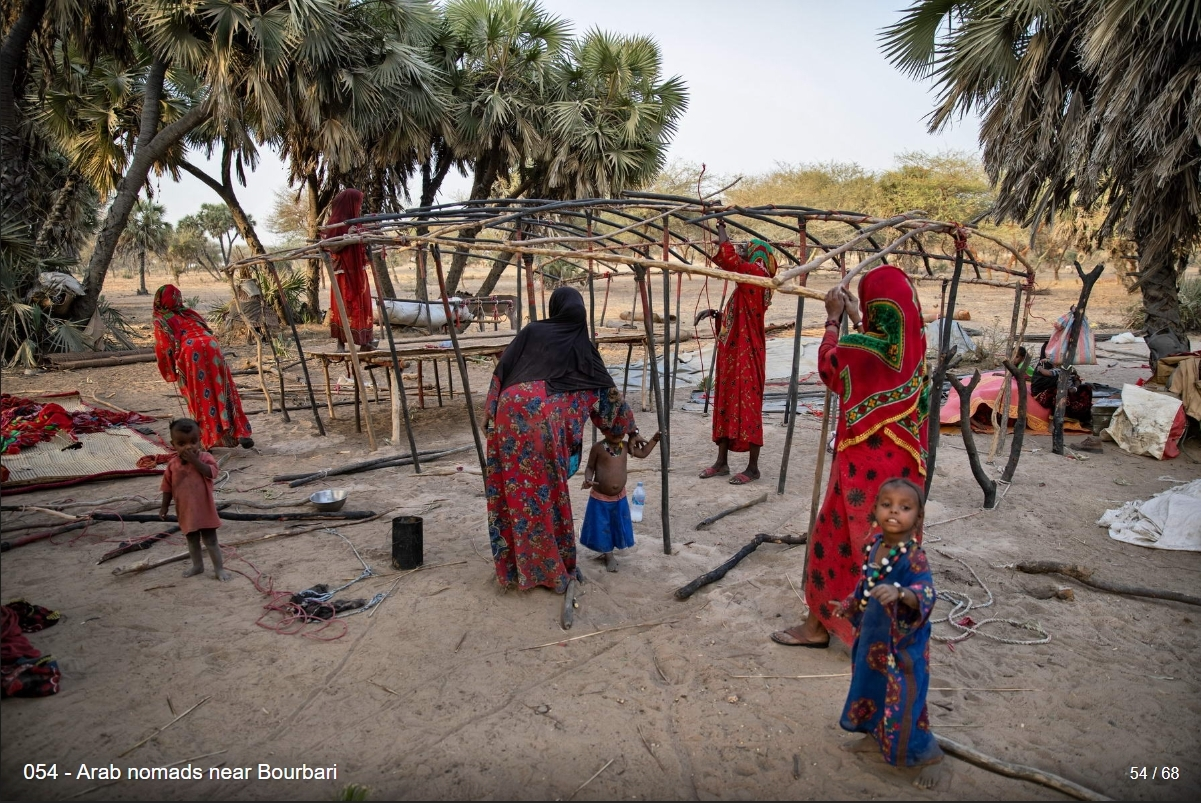
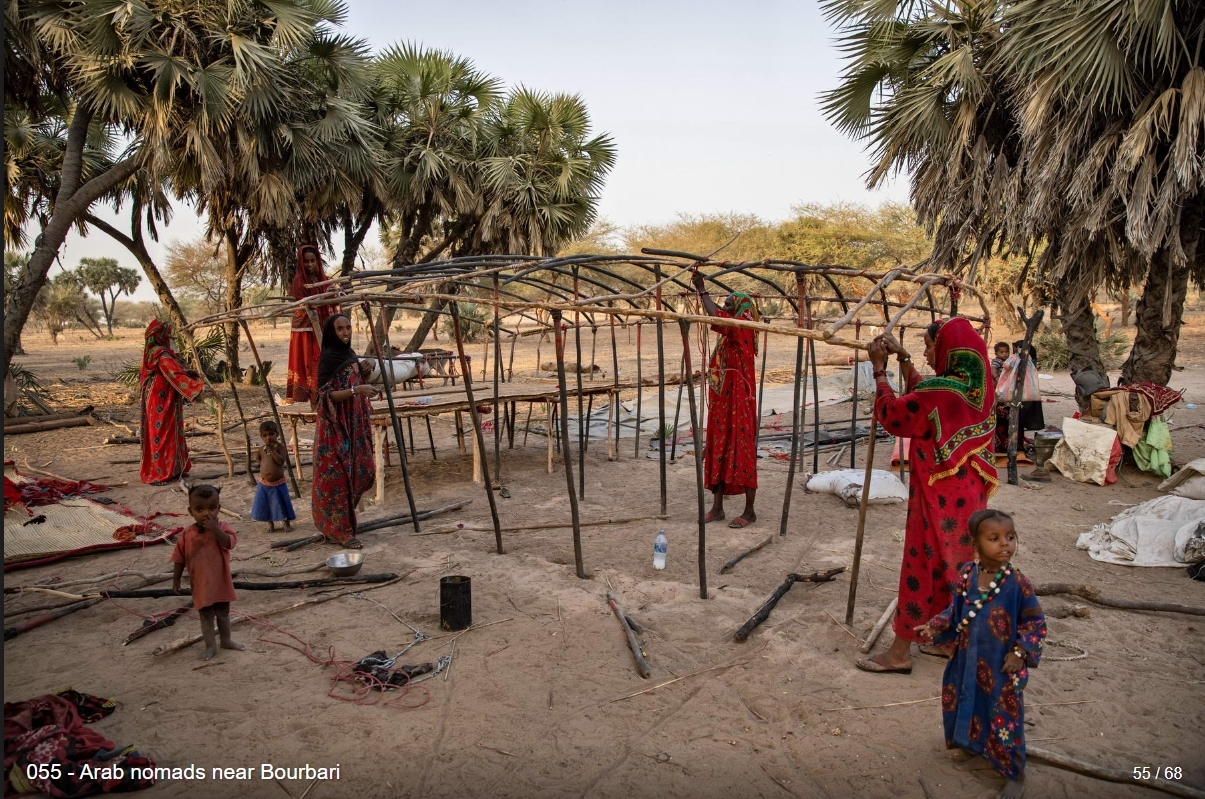
Somalis:
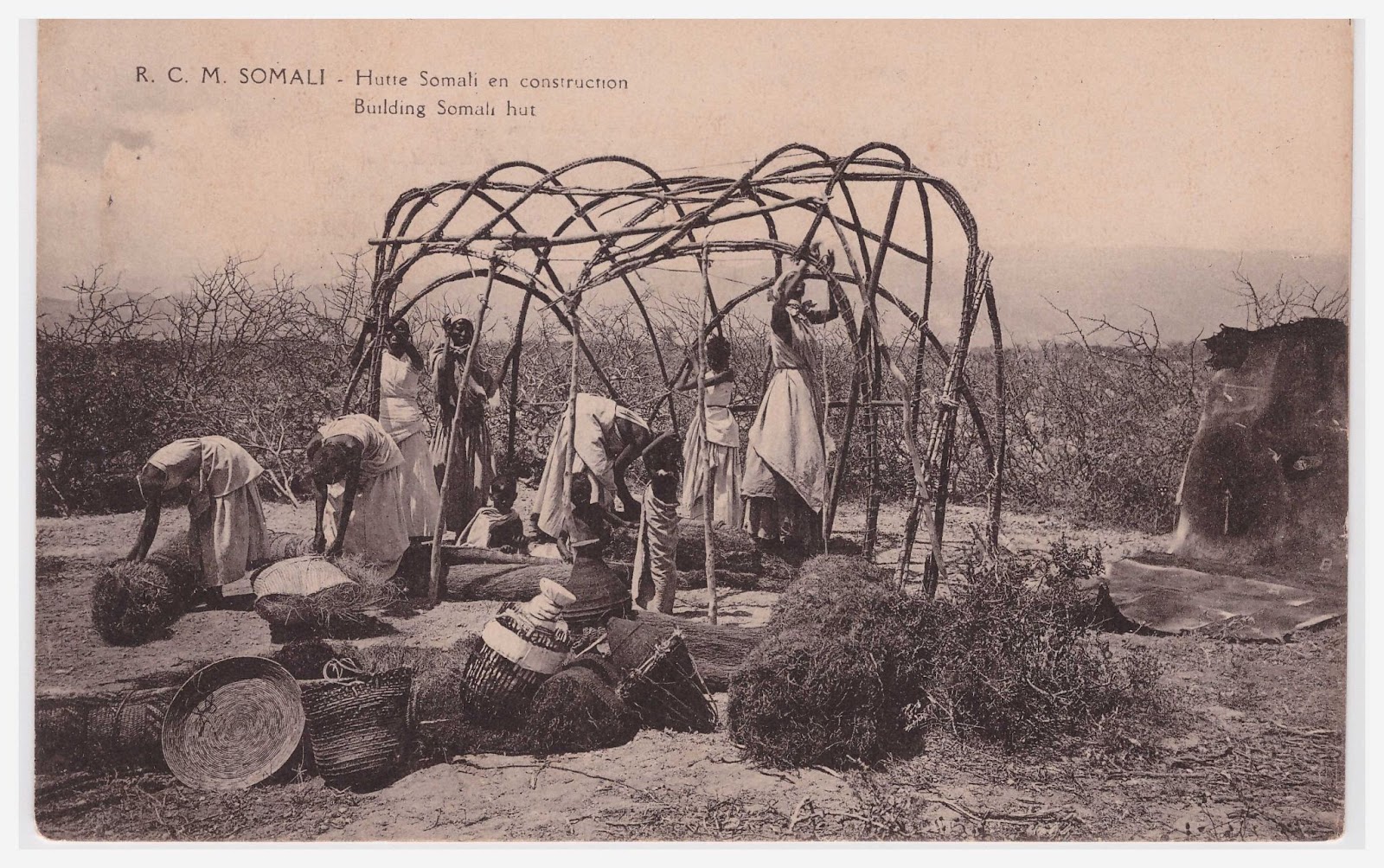
Note that in both cases, only women are setting up these mobile huts.
The same Arabs doing the same Cushitic practice of cutting hair of small female children:

Somali:
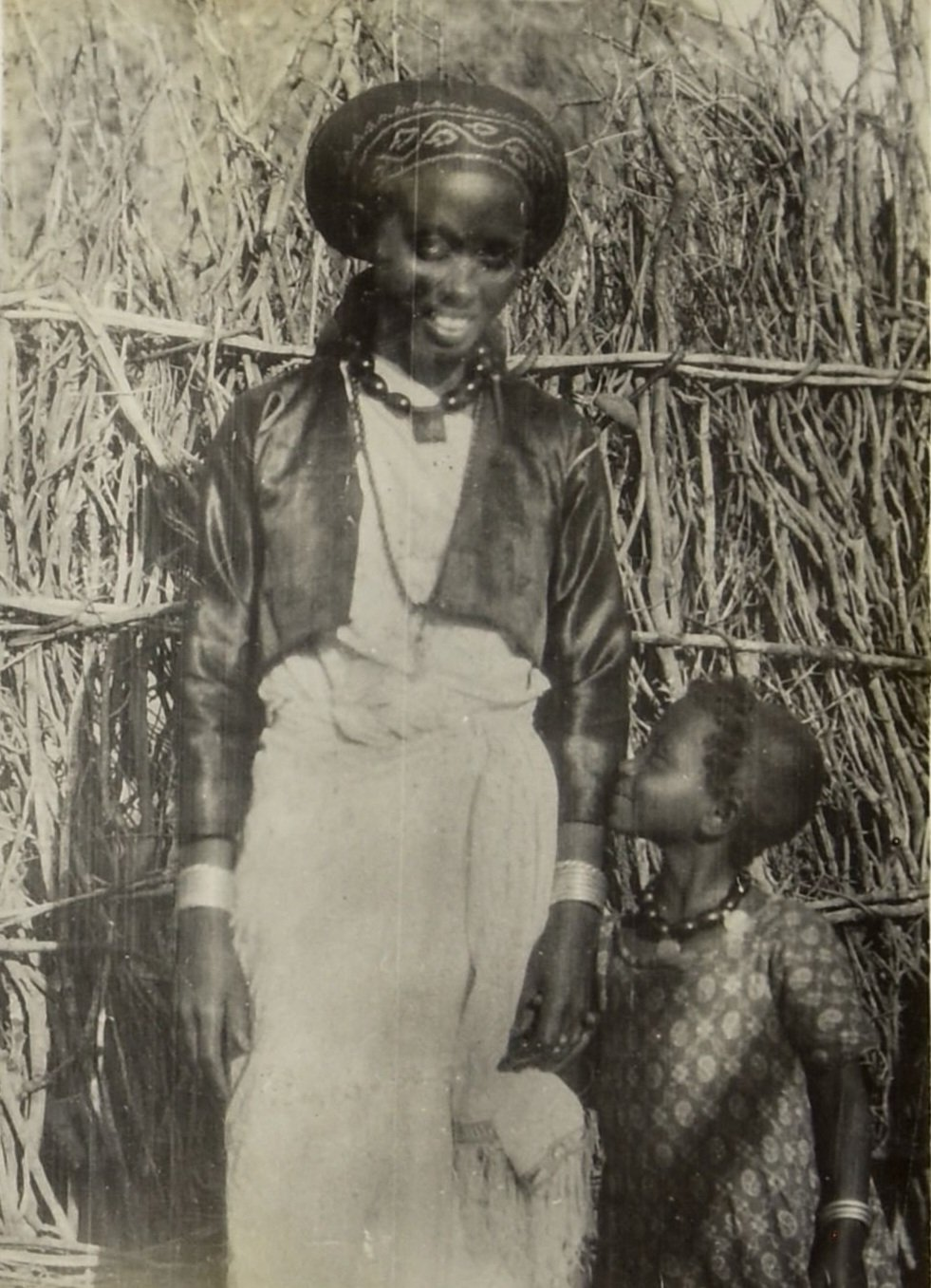
Including Beja for good measure:
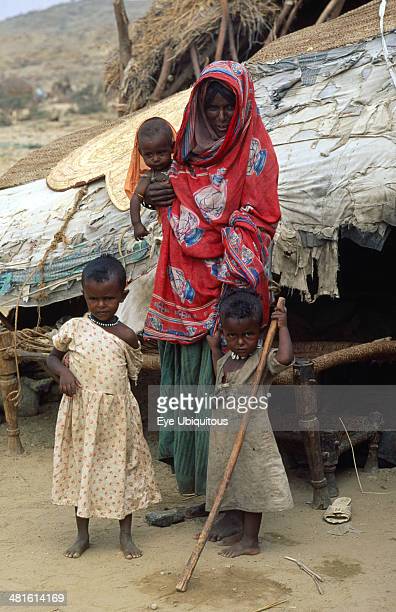
This cutting of hair practice on young girls is a Cushitic practice, yet we see Baggara Arabs in the Chadian interior retaining the similar traditions, all the way down to setting up domed huts that look like this as well:
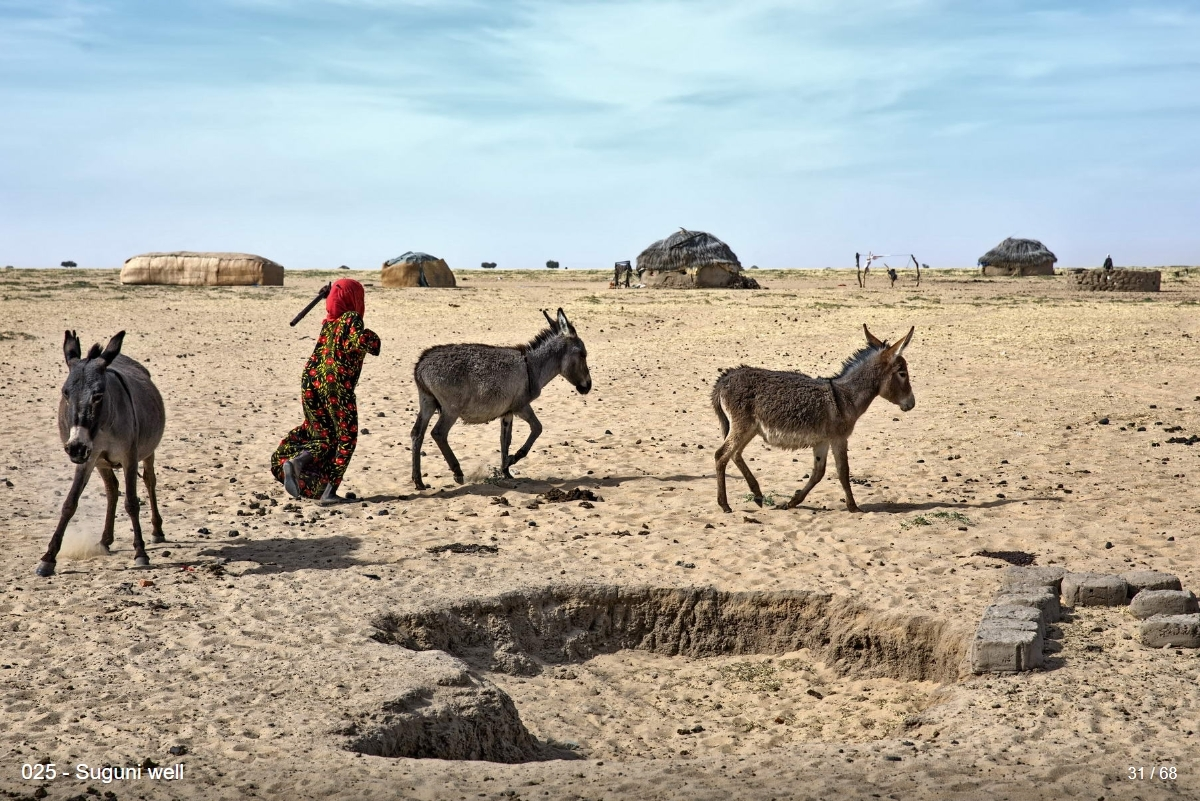
It’s interesting, indeed. I wish there were serious academic ethnographic works done on this Cushitic thing on comparative measure on the broader Sahelian belt, whatever we have in common should elucidate a better picture of the ancient times, and definitely add to our knowledge of our past. What we need are several data sources, chiefly the genetics, together with a mix of multidisciplinary anthropological interpretation by observed lifeways. I have some genetic points I want to propose, that might or might not relate to this stuff, undoubtedly it ties to the broader region in another way. That is for another thread, for another time.
Upon doing some G25 tool-use, trying to inform myself by satiating my curiosity, I found out that the Messiria Arabs exclusively prefer Somali samples, totally reject other related peoples of the East Africa in place of that explicit Cushitic ancestry. One thing to note is that we know Massalit peoples carry arguably E-V32 to similar heights as Somalis, in the same vein through speculative extrapolations, parts of the Baggara Arab tribe structure can house E-V32 and/or E1b1b haplogroup diversity we lost through founder-effect/bottleneck, something that relates directly to a point of divergence not long before migration to the Horn of Africa.
This lends stronger credence to the idea that the ancestral sub-clade of ours, traces back to fairly recent time on a relative temporal ancient stage to the geographic range of the Nile-Valley, as we have touched upon earlier. I mean, how else are we going to explain this similarity among ethnically and traditionally different peoples practicing similar things:
Chadian Arabs:
Somalis:
Note that in both cases, only women are setting up these mobile huts.
The same Arabs doing the same Cushitic practice of cutting hair of small female children:
Somali:
Including Beja for good measure:
This cutting of hair practice on young girls is a Cushitic practice, yet we see Baggara Arabs in the Chadian interior retaining the similar traditions, all the way down to setting up domed huts that look like this as well:
It’s interesting, indeed. I wish there were serious academic ethnographic works done on this Cushitic thing on comparative measure on the broader Sahelian belt, whatever we have in common should elucidate a better picture of the ancient times, and definitely add to our knowledge of our past. What we need are several data sources, chiefly the genetics, together with a mix of multidisciplinary anthropological interpretation by observed lifeways. I have some genetic points I want to propose, that might or might not relate to this stuff, undoubtedly it ties to the broader region in another way. That is for another thread, for another time.
